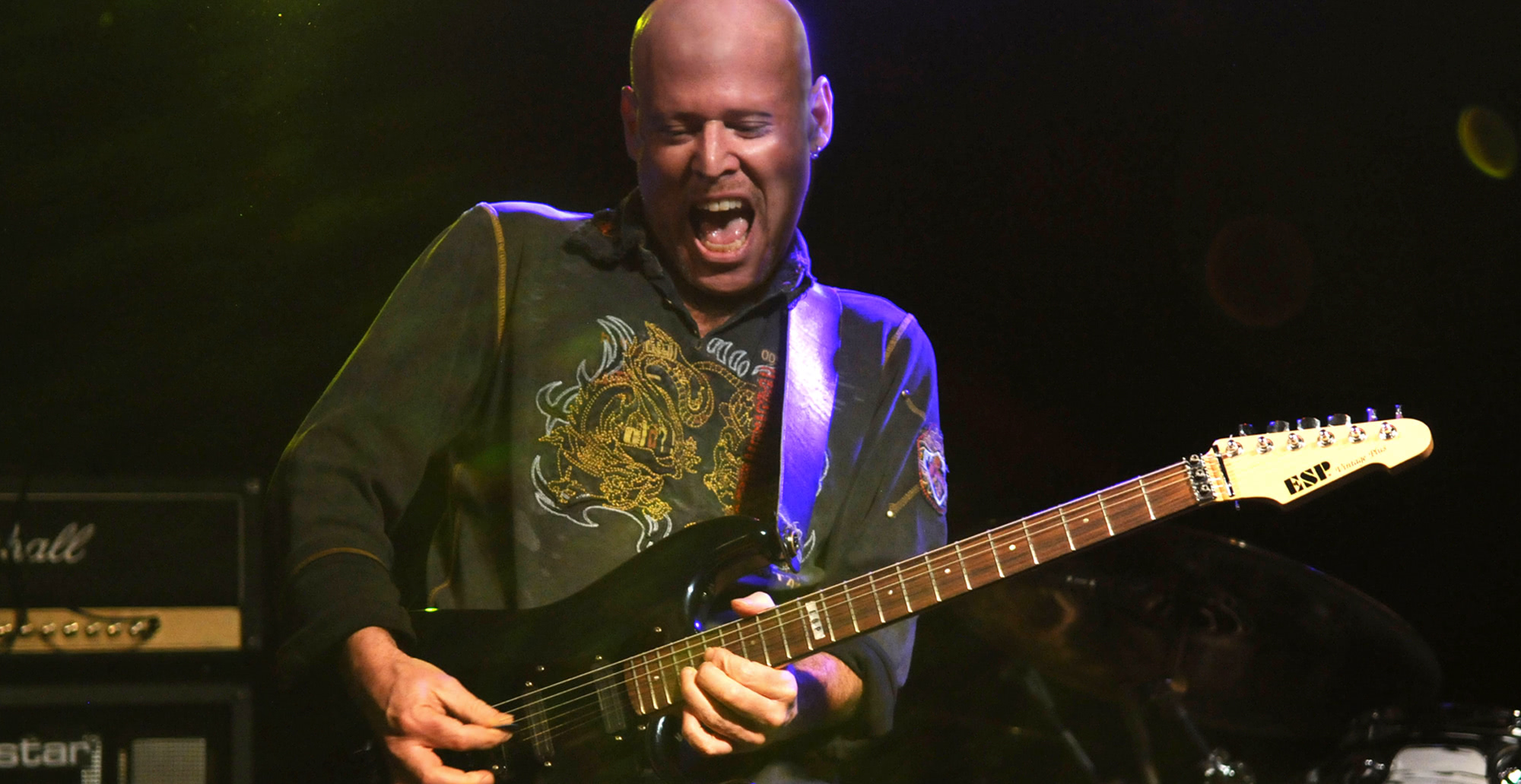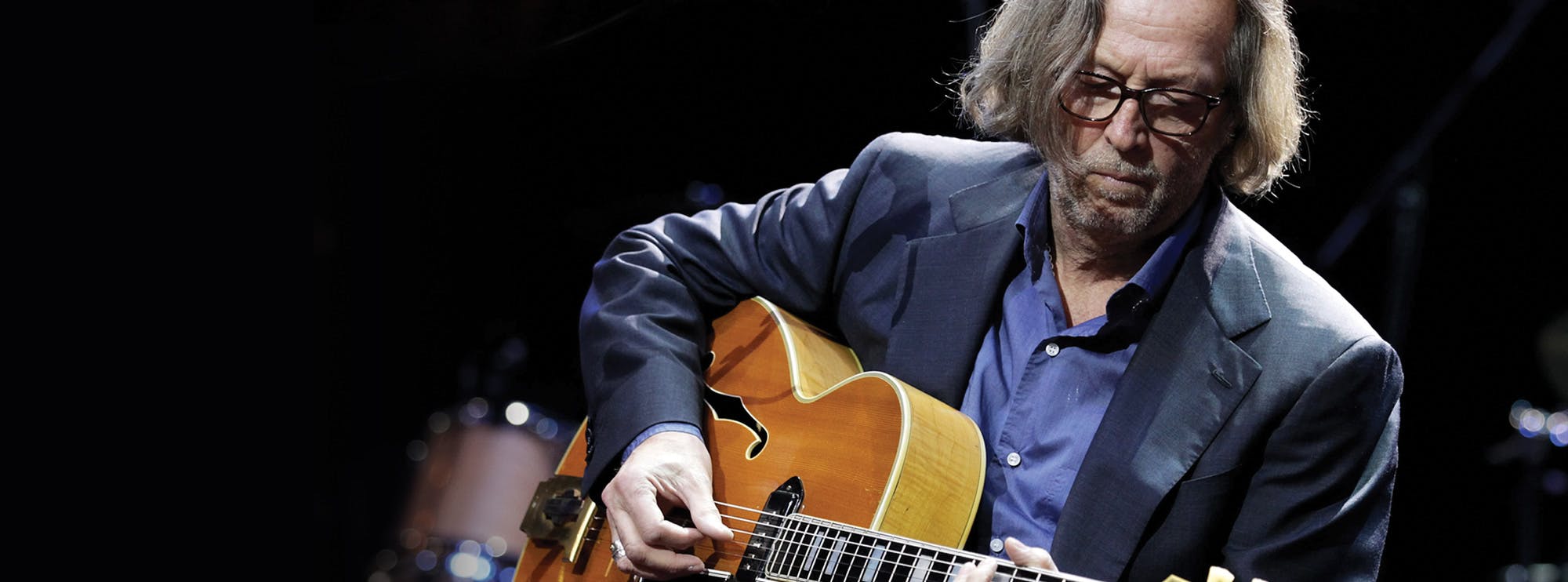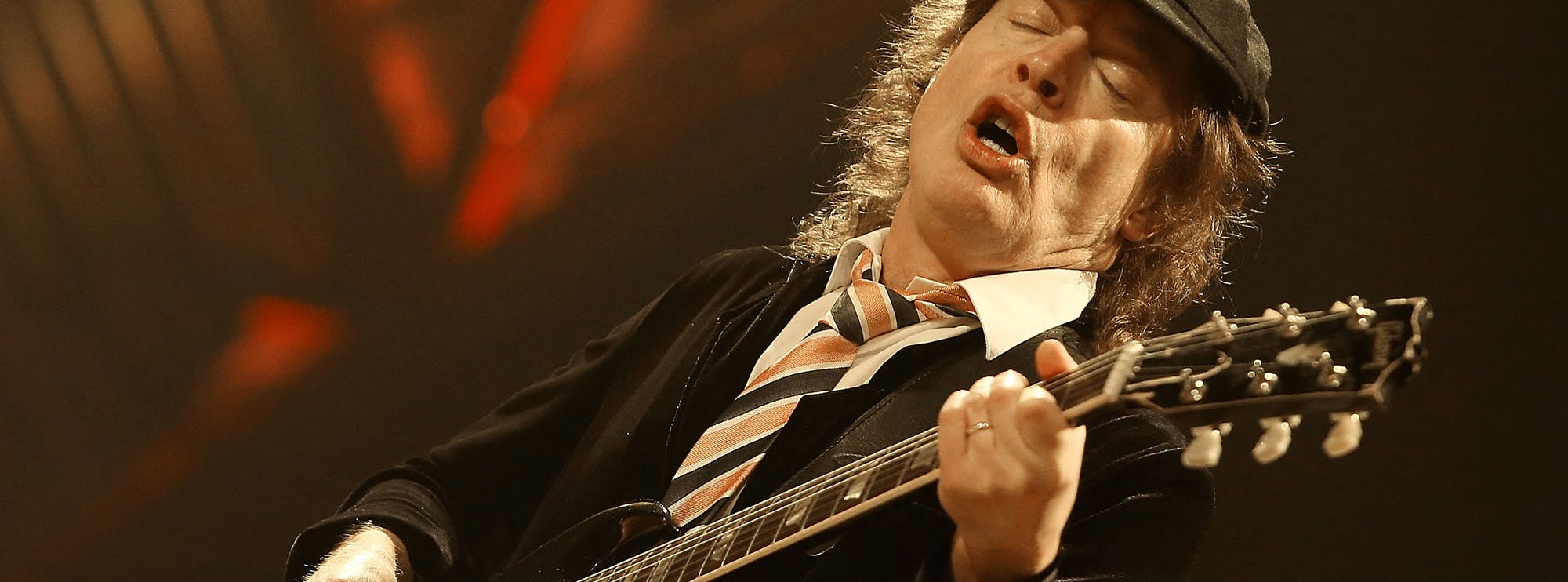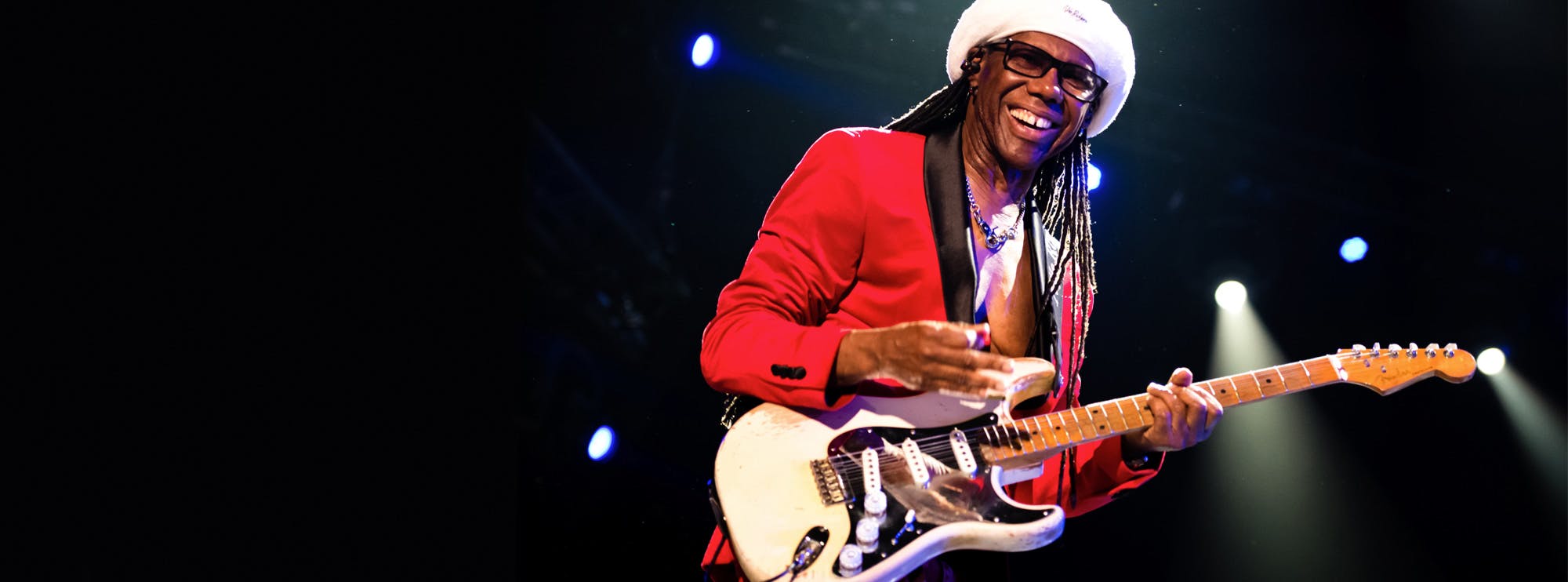U2 – Sunday Bloody Sunday – Main Riff
Learn how to play the iconic main riff from U2’s Sunday Bloody Sunday with our detailed, note-for-note guitar lesson at Licklibrary.com. This powerful and politically charged song opens with one of the most instantly recognisable guitar riffs in rock history. Our in-depth guitar tutorial breaks down every element of this memorable part, teaching you how to accurately replicate the style and technique of U2’s legendary guitarist, The Edge. Whether you're looking to tighten your rhythm playing, refine your technique, or add some unique flair to your own compositions, this lesson provides a wealth of insight. Danny Gill breaks down this classic riff in this exclusive Lick Library video tutorial.
Song Breakdown – A Rhythmic and Textural Masterclass
The riff from Sunday Bloody Sunday is deceptively simple yet incredibly effective, and it showcases several core techniques that are vital for any guitarist aiming to capture the essence of The Edge’s signature sound. It blends tight rhythmic accuracy, subtle use of effects, and a percussive approach to chord voicings that makes this a great study piece not only for U2 fans but for all rhythm guitarists.
Technique Focus
Palm Muting
One of the standout techniques in the main riff is palm muting. This approach involves lightly resting the picking hand near the bridge of the guitar to partially mute the strings, creating a tighter, more percussive tone. This is crucial in replicating the riff’s machine-like pulse and provides the rhythmic drive behind the song. Mastering palm muting gives players more dynamic control and helps develop precision in alternate picking patterns.
Syncopated Rhythms
The riff is built around syncopated rhythms, which displace the expected beats to create a more urgent and forward-moving feel. These off-beat accents are a trademark of The Edge's style and are essential for nailing the groove of the song. Learning to play syncopated rhythms sharpens your internal sense of timing and improves overall rhythm guitar skills across genres.
Open String Riffs
Another element used in this riff is the incorporation of open-string riffs. The open strings ring out between fretted notes, adding a sense of space and chime. This technique is particularly effective when paired with delay effects, allowing notes to echo and build a larger sonic texture. Practicing open-string riffs enhances your coordination and helps build cleaner transitions between fretted and open notes.
Capo Usage
This song also demonstrates the strategic use of a capo, placed on the second fret to match the original key while maintaining familiar chord shapes. Understanding how to use a capo is an essential skill for any guitarist, enabling you to transpose songs easily and explore new voicings without changing your fingerings.
Chord Progressions
Beneath the riff lies a strong foundation of chord progressions, contributing to the song's emotional weight and movement. The use of partial chords and arpeggiated patterns creates a blend of melody and harmony that elevates the overall arrangement. Grasping how chord progressions function in context helps guitarists improve songwriting and improvisational skills.
About The Guitarist – The Edge
David Howell Evans, better known as The Edge, is one of rock's most influential guitarists. Known for his minimalist playing style, heavy use of delay, and atmospheric textures, The Edge has carved out a unique place in guitar history. Rather than focusing on flashy solos or speed, he emphasises tone, feel, and innovation. His approach in Sunday Bloody Sunday is a masterclass in creating a compelling guitar part with restraint and creativity.
The Edge’s influence stretches far beyond U2. Guitarists in alternative rock, post-punk, and ambient genres have drawn from his signature sound. Studying his work is a gateway to understanding how subtlety and precision can be more powerful than sheer technical prowess.
What You’ll Gain from This Lesson
- Improve your rhythm guitar skills with precise palm muting and syncopation
- Learn to make the most out of simple chord shapes with open strings and capo use
- Understand how to structure melodic and harmonic ideas into compelling riffs
- Discover how to create space and texture with minimal notes
- Expand your musical vocabulary by mastering techniques that are highly applicable in modern songwriting and performance
Whether you're aiming to recreate the exact feel of U2’s anthemic sound or hoping to add rhythmic sophistication to your own playing, this lesson is the perfect tool.
Techniques Used in This Lesson

About The Tutor
Tutor Profile
Danny Gill
Danny Gill is, without a doubt, the most loved tutor by our community. With an incredible array of DVDs and web lessons for LickLibrary covering a wide variety of topics all of which he covers with incredible detail, it's no wonder he carries as much respect as he does. As...




